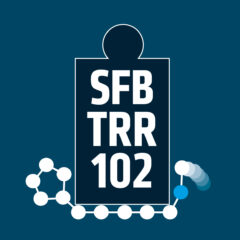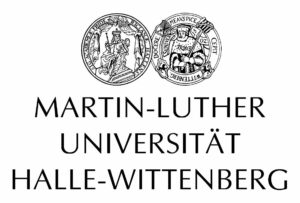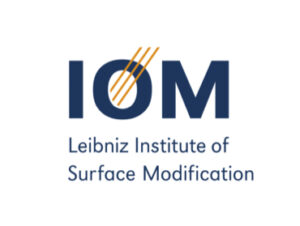Hinderberger
Hydrophobins are a class of fungal proteins with unique physical and biological properties. They are highly surface active and amphiphilic, making them the most surface-active proteins known. Hydrophobins play various roles in fungi, including coating/protective functions, adhesion, and surface modification. They are responsible for rendering fungal spores hydrophobic, allowing them to disperse in air and preventing drowning in water-soaked environments. The self-assembly process of hydrophobins is complex and involves interactions at interfaces and surfaces. Class I hydrophobins form rodlet structures, while class II hydrophobins form 2-D crystalline sheets. Understanding the structural rearrangements and self-assembly mechanisms of hydrophobins is an active area of research and has led to industrial applications in foam stabilization, emulsions, and dispersion of insoluble compounds.
Despite the fascinating properties of hydrophobins, their study has faced challenges in obtaining sufficient quantities of the proteins and achieving reproducibility in experiments. Obtaining larger amounts of hydrophobins for research purposes proved to be difficult and time-consuming. However, progress has been made in overcoming these challenges, allowing for the investigation of hydrophobins’ self-assembly using techniques like atomic force microscopy (AFM). The influence of external constraints, such as compression and expansion, on the morphology of hydrophobin films has been explored, shedding light on the importance of sample preparation and handling. In addition to studying hydrophobins at the air-water interface, efforts have been made to investigate their behavior at liquid-liquid interfaces using spin-labeled hydrophobins. Moreover, the genetic engineering of hydrophobins has opened up possibilities for tailoring their properties and creating novel functionalities. Although challenges persist, the study of hydrophobins holds promise for further understanding their unique properties and potential applications in various fields, including biotechnology, materials science, and nanotechnology.
Highlighted Publication:
M. Kordts, M. Kampe, A. Kerth, and D. Hinderberger, Structure Formation in Class I and Class II Hydrophobins at the Air-Water Interface under Multiple Compression/Expansion Cycles ChemistryOpen 7, 1005 (2018)
Other publications of this group:






